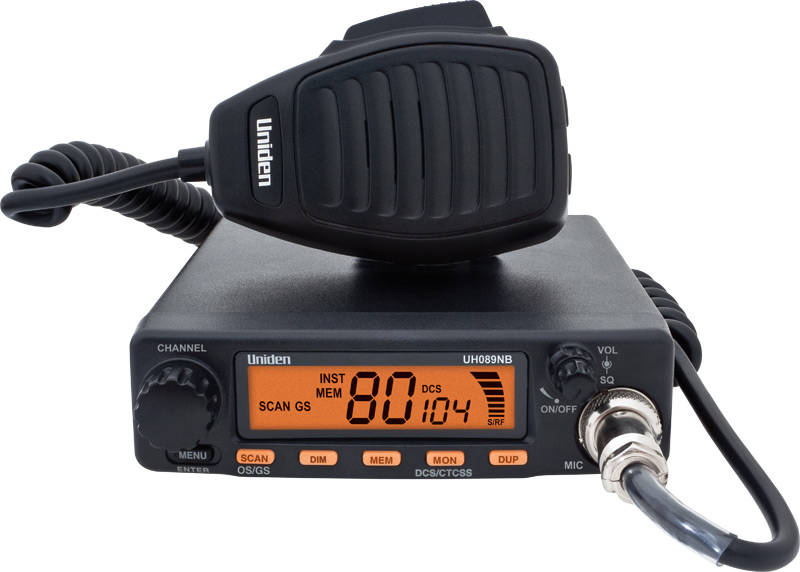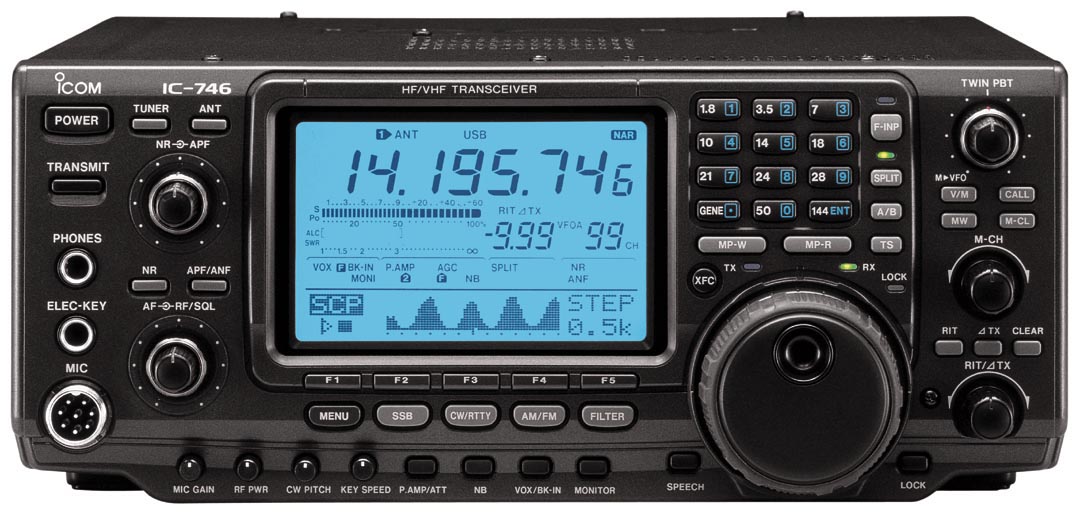Difference Between UHF and VHF

UHF (ultra high frequency) and VHF (very high frequency) are quite different from each other. The former has a wider range of adjustable frequencies as compared to the latter.
The equipment required for UHF is expensive as compared to VHF; UHF also requires shorter antenna than VHF.
The most significant difference between the two frequencies is that UHF can easily penetrate through the barriers whereas VHF may get distorted and chock-full because of the hurdles in the way of these radio waves. However, VHF equipments like radios, walkie-talkies and cordless phones have longer battery life as compared to UHF equipments.
VHF works very well in the rural areas because there are no huge buildings. In contrast, UHF works alike in the rural and urban areas because of its ability to break through the barriers. If you travel a lot and want to keep your reciever device with you, you must use the UHF one as it is portable and catches the signals more efficiently.
UHF takes less time to change the station as compared to VHF. Additionally, VHF has a very narrower spectrum and limited channels while UHF has a broader spectrum and a massive range of channels.
Related: How to Make a Simple Radio Transmitter
Instructions
-
1
UHF
It uses the ITU radio frequency range of electromagnetic waves between 300 MHz and 3000 MHz. It is extensively used in television and radio broadcasting.
UHF equipments have higher frequency which can directly translate the radio waves with shorter antenna. Besides, UHF allows the manufacturers to design more compact equipments. The smaller equipments are more portable and easy to operate. Therefore, they are more desirable as the listeners can easily carry and use them.
Furthermore, the radio waves in UHF can easily penetrate through the barriers like tree, hills, mountains and buildings. However, they have short battery life because of their fast and consistent working.
UHF spectrum is used for land mobile radio systems around the world for military, industrial, commercial and public safety. Besides, many personal radio services use UHF band with different frequencies.
Image Courtesy: gumtree.com.au
-
2
VHF
It has a radio frequency range between 30 MHz to 300 MHz.
It is unable to penetrate into the barriers like mountains and trees because of which it often doesn’t work well in the urban areas. However, it consumes very less battery power as compared to other frequency operated radios because of sophisticated working design.
VHF spectrum is widely used for FM broadcasting throughout the world.
Image Courtesy: qsl.net








